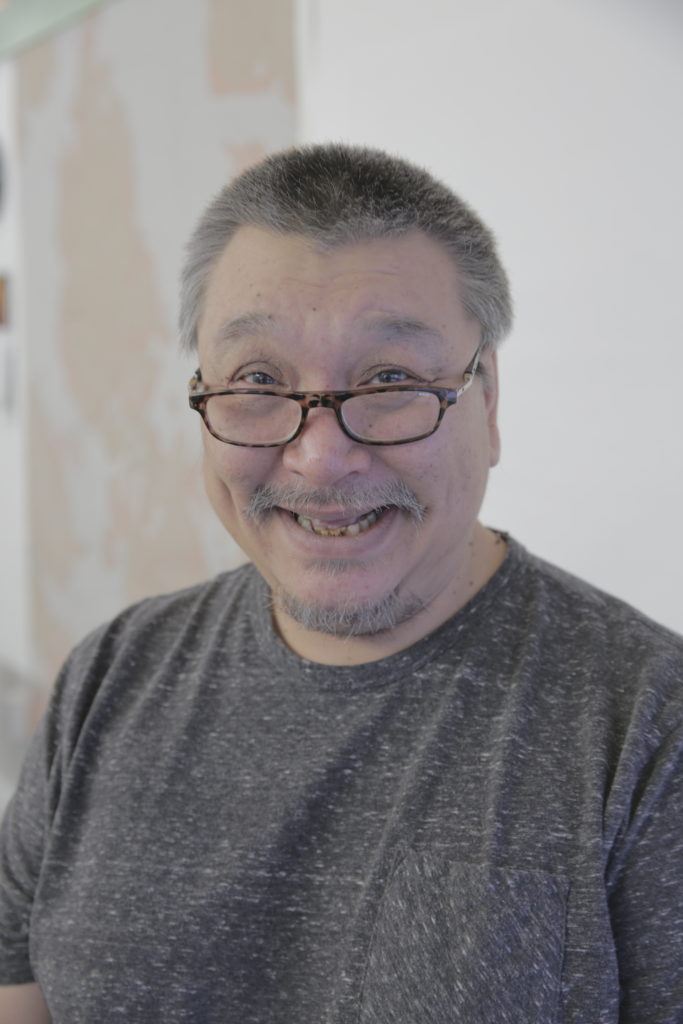Beyond Targets: Spotlight on Aqviqtuuq Indigenous Protected and Conserved Area
WWF-Canada’s Beyond Targets report proposes a new model for protected and conserved area establishment in Canada — one that prioritizes the advancement of Indigenous Protected and Conserved Areas (IPCAs) and Indigenous rights and title, as well as areas that support nature-based solutions for both biodiversity and climate.
In it, we spotlight four IPCAs, including Taloyoak, the northernmost community on the mainland in Canada, which is working to establish an Inuit Protected and Conserved Area in their traditional lands of Aqviqtuuq. Aqviqtuuq © ArctiConnection
As delineated by the community, the proposed IPCA would cover almost 90,000 km2 of marine, terrestrial and freshwater ecosystems in Nunavut, helping to safeguard caribou, polar bear, muskox and arctic whales. The region is currently under threat from industrial development; the risks of international shipping and mining threaten the area that the community relies on, particularly for food security and economic prosperity.
As a result, Taloyoak residents proposed a prize-winning plan (Niqihaqut; meaning “our food”) to form the management of Aqviqtuuq. Through development of a conservation and food-based economy, the IPCA can help to conserve nature’s bounty and support sustainable access to food and other resources for northern communities. There are more than 554 million tonnes of carbon stored within the terrestrial and freshwater ecosystems of Aqviqtuuq, and the area is nationally important for ecological connectivity and climate resiliency.
Related stories
Spotlight on the Saskatchewan River Delta
Spotlight on Seal River Watershed Indigenous Protected and Conserved Area
Spotlight on Thaidene Nëné Indigenous Protected and Conserved Area
Below, Jimmy Ullikatalik, manager of Spence Bay HTA in Taloyoak, NU, shares his perspective on this important area. As told to Joshua Ostroff.
“Taloyoak is the most northerly community on the mainland in Canada, and the friendliest in Nunavut. From here, on the southwestern coast of Aqviqtuuq, there are only islands, so all wildlife has to pass through, by water or land, during their migration. So as soon as it starts to warm up, we go out fishing and hunting.

In the past 50 years, we’ve gone from using dog teams to using iPhones. It’s a big change. But the environment is changing, too, and it is affecting our food security because food from the land is under threat from climate change and from mining exploration.
Climate change is also thinning the sea ice cover in the nearby Northwest Passage, this will soon bring new international shipping routes to our marine wildlife habitats, and the dangers of oil spills.
Since my grandfather’s era, when there was talk of building a pipeline across Aqviqtuuq, we’ve fought to keep it safe. So, we’re working to create the Aqviqtuuq Inuit Protected and Conserved Area (IPCA), which would cover 40,730 square kilometres of ocean, 4,413 square kilometres of freshwater, 20,532 kilometres of rivers and 45,039 square kilometres of land.
An IPCA is not like a regular protected area because it puts Indigenous people in charge, ensuring our food security with a sustainable harvest as well as economic development like small-scale fisheries, outfitting camps, and tourism.
Aqviqtuuq is our home, our traditional lands. It has provided us with what we have needed to survive and thrive here for generations. We want to see the lands and resources here protected from industrial development because the area is sacred to us, and has everything we need to prosper.
A mine might create jobs for 20 years. But the first-ever Inuit Protected and Conserved Area in Canada, would generate jobs forever, from generation to generation, and still protect the land.”

